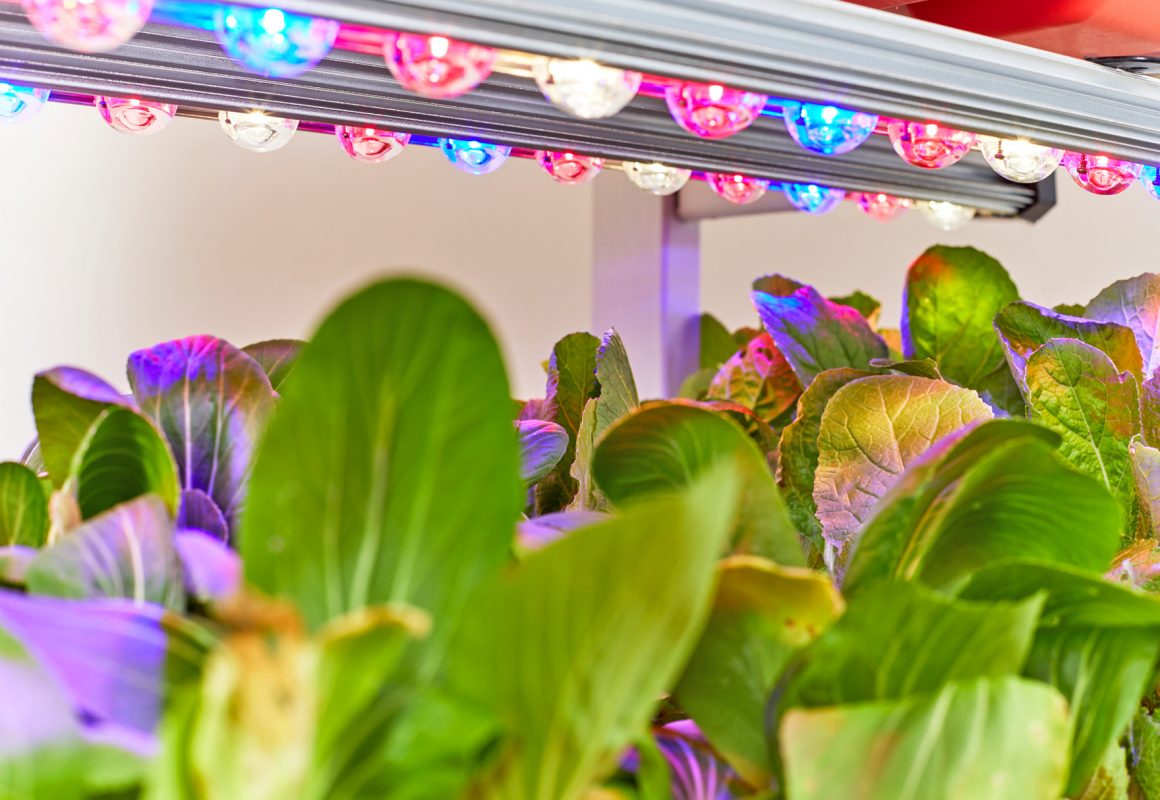
Plant Lighting Basics
Houseplants are a great way of adding life to your interiors. Small plants add striking texture and color, making a statement anywhere in the house, while big plants blend well with your furniture. Though indoor plants can brighten up our spaces, growing them is not so easy for everyone. Most of us struggle to understand why some plants thrive well while some just refuse to grow. Understanding what your plant needs is difficult especially for a new plant parent. Remember, the majority of houseplants belong to tropical climates and so they prefer humid and filtered light. If we can understand what our plant needs, we can easily overcome our plant problems and even prevent them from happening.
In this article we’ll be talking about some plant symptoms for any kind of suffering caused due to over or under lightning, things to consider before getting a plant, a plant’s light requirement, and where to place your plants to get sufficient light. So, let’s get into it!
Light is an important factor for growing plants. It provides energy to your plants to produce their own food and ensures healthy growth. Lack of adequate light is one of the common problems that limit the growth of your indoor plants. The key to successfully growing plants indoors is knowing how much light it needs to thrive. Different plants have different light requirements. Some plants prefer shade over hot sun while some just enjoy a long sunbathe.
A general rule of thumb for most of the houseplants is to provide at least 6 hours of brightness or 12-14 hours of grow light per day. A minimum of 8 hours of darkness per day should be given to the plants as they need some time to rest.
Here’s how our plants respond to inadequate lightning:
- Bending of the stem towards the light- The plant looks stretched as it starts growing towards the light.
- Yellowing & dropping of leaves- The green color starts to fade and the plane begins to turn yellow due to the breakdown of chlorophyll pigment (responsible for photosynthesis).
- Elongated stem- Insufficient light causes the stem to elongate rapidly. Stem bends towards the light.
- Stunted plant growth- Decreased photosynthesis rate affects plant growth.
Here’s how our plants respond to over-lighting conditions:
- Wilting-Plant starts wilting as it loses water much more rapidly than it can absorb.
- Leaf curling upwards- To prevent water loss by decreasing the surface area.
- Leaf burning-It causes the top leaves, near the light, to burn out.
- Burned leaf falling– Dry, crispy leaves start falling.
Tips for overcoming plants from the over lightning effect.
- Move the plant farther from the window or light source. Place it in shade or filter light through a curtain. You can also shade the plant with another bigger plant.
Things to consider before buying a plant
Before getting a plant or starting seeds first determine where you’re going to place it, how much light it’s going to need, and hours of sunlight available in your space. Then choose a plant that matches the light quality of your indoor environment. Also, note that plants just bought from a store should be placed in the shade for 3-4 days as direct light can stress your plants.
Based upon their light requirements, indoor plants are classified into 3 main categories
Low Light Plants
These are the plants that do not require direct sunlight and grow well even under your house lights making them an ideal tool for livening up your dark spaces. You can keep these plants almost anywhere inside the house from your window sills to your bathrooms. These plants take up minimal space and are low-maintenance, so if you don’t have much of a green thumb—no problem, you’ll get there!—All of these plants are super easy and perfect for newbie gardeners!
Examples:
- Snake plant
- ZZ plant
- Syngonium
- Aglaonema
- Pothos
Medium Light Plants
These are plants that grow well near west to southeast window sills but under indirect light. Direct light can burn their leaves. These plants like brightness and do well under reflected light provided by light-colored walls or mirrors. These plants could make a great addition to your home decor with their stunning looks.
Examples:
- Begonia
- Croton
- Pilea
- Boston fern
- Dracaena
High Light Plants
These plants like direct light and good to go for brightly lit locations such as on balconies or terraces. Edible plants such as tomato, pepper, herbs fall in this category. Since these plants require high light, they also need more frequent watering when the soil is dry.
Examples:
- Edible plants
- Araucaria
- Yucca plant
- Weeping fig
- Schefflera (dwarf umbrella tree)
So, which type of plant do you think would best suit your space? Let us know in the comment section!
Don’t forget to sign up for our forum for more gardening tips, tricks, and much more.
If you have any questions, please leave us a comment below, and we’ll be more than happy to help you.
Happy Growing!





Leave a comment